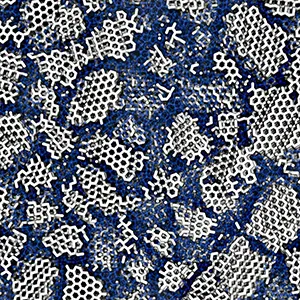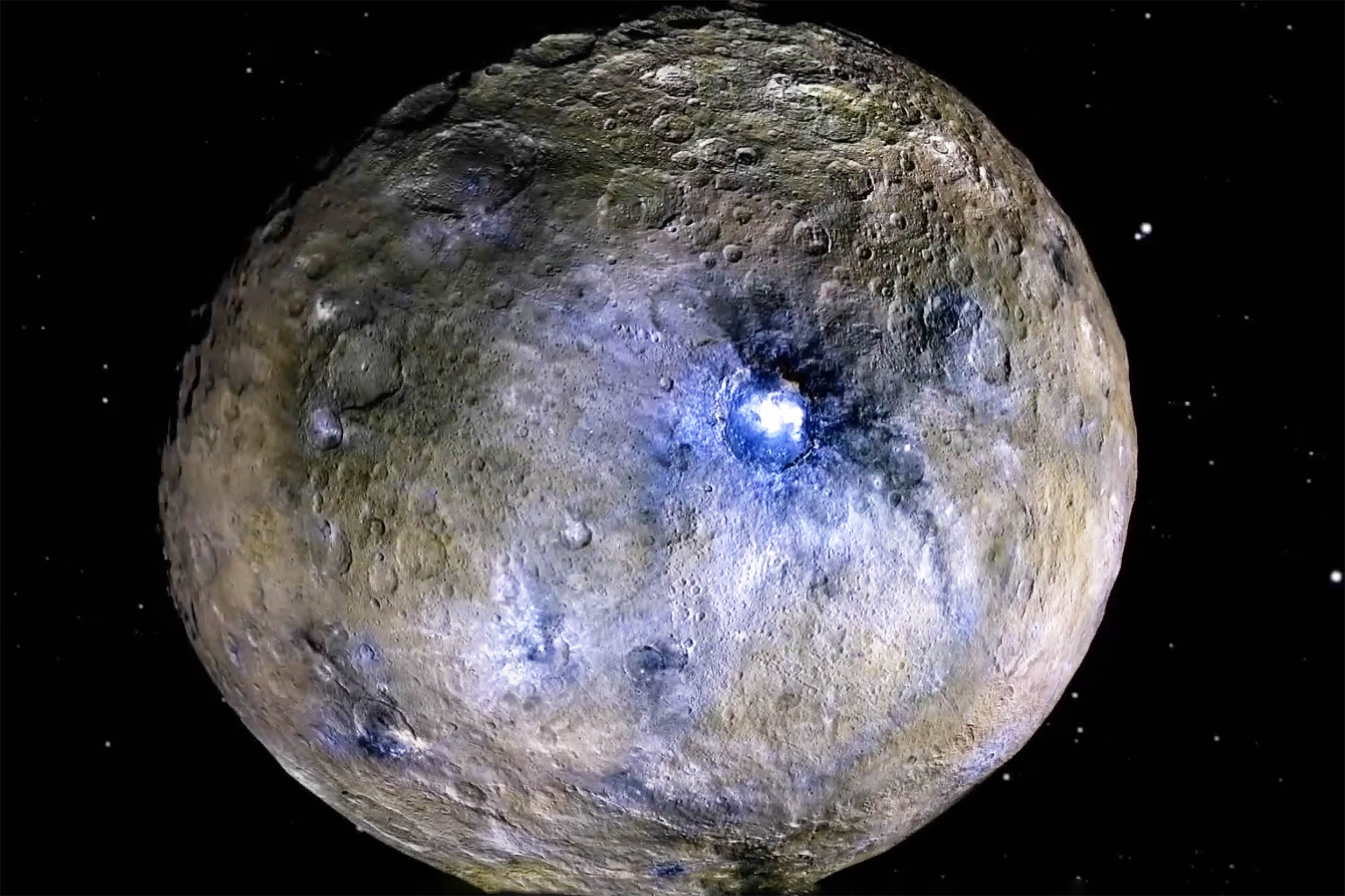Space might be far colder than Earth, but the frozen water found on comets, icy moons, and interstellar dust is far more complex than the ice in a home freezer.
A new computational and laboratory study from scientists at University College London (UCL) and the University of Cambridge overturns a decades-old assumption about “space ice.”
Instead of being a totally shapeless solid, low-density amorphous ice contains countless nanoscopic crystals. The team reports that these crystals are only a few billionths of a meter across.
Earth ice versus space ice
Earthly ice is familiar because its molecules assemble into a highly ordered lattice. The six-fold symmetry of snowflakes reflects that underlying structure.
By contrast, researchers have long believed that water freezing in the ultra-cold, near-vacuum conditions of space lacks the energy needed to form such lattices, locking into a completely random arrangement. The new study challenges that view.
Viewing space ice at an atomic level
Using state-of-the-art molecular dynamics simulations, the team modeled how water vapor condenses at temperatures around –120 °C (-184 °F), a typical environment for amorphous ice formation.
Next, the researchers compared the predicted structures with archival X-ray diffraction data collected from laboratory samples.
The best match occurred when about 20 percent of the simulated solid consisted of orderly nanocrystals embedded within a disordered matrix only slightly wider than a DNA strand.
Study lead author Michael B. Davies, a professor at UCL, argued the discovery provides a long-missing atomic-level picture of the Universe’s dominant ice.
“We now have a good idea of what the most common form of ice in the Universe looks like at an atomic level,” said Davies. “This is important as ice is involved in many cosmological processes, for instance in how planets form, how galaxies evolve, and how matter moves around the Universe.”
Hidden crystals grow with warming
To confirm the simulations, the researchers fabricated several kinds of amorphous ice in cryogenic chambers.
One method mimicked interstellar dust conditions by depositing water vapor on a surface kept at –110 °C (-166 °F). Another began with high-density amorphous ice – created by mechanically crushing ordinary ice at –200 °C (-328 °F) – and then let it relax until it reached the low-density state.
Next, the team warmed each sample gently so that hidden crystals could grow large enough to be detected.
Crucially, the final crystalline arrangement differed depending on how the ice had originally formed, implying that each amorphous sample had retained a “memory” of its past in the form of pre-existing seed crystals.
If the material had been fully disordered to begin with, every warm-up should have produced identical crystals.
Space ice and life’s origins
For decades, some astrobiologists have proposed that comets delivered the first amino acids to early Earth, a scenario called panspermia.
These theories often assumed that low-density amorphous ice could store organic molecules in its wide, random pores.
Since the new work shows the ice is partly crystalline, those cavities may be scarcer than previously thought.

“Our findings suggest this ice would be a less good transport material for these origin of life molecules,” Davies explained.
“That is because a partly crystalline structure has less space in which these ingredients could become embedded. The theory could still hold true, though, as there are amorphous regions in the ice where life’s building blocks could be trapped and stored.”
Implications for advanced technology
The results ripple into materials science on Earth. Study co-author Christoph Salzmann pointed out that everyday technologies – from fiber-optic cables to pharmaceutical tablets – depend on truly amorphous solids.
“Ice on Earth is a cosmological curiosity due to our warm temperatures. You can see its ordered nature in the symmetry of a snowflake,” Salzmann said.
“Ice in the rest of the Universe has long been considered a snapshot of liquid water – that is, a disordered arrangement fixed in place.
“Our findings show this is not entirely true. Our results also raise questions about amorphous materials in general. These materials have important uses in much advanced technology.”
Glass fibers that carry data over long distances must remain amorphous – or disordered – to function properly, so eliminating any tiny crystals within them could enhance their performance.
An expanding ice family
Scientists already recognized two amorphous ices – low-density and high-density – before the same UCL-Cambridge collaboration revealed a medium-density form in 2023.
The medium type matches liquid water’s density, so it would neither sink nor float in a glass. The latest study shows that even supposedly structureless ice can contain hidden order.
Researchers now wonder: could there be a truly crystal-free variant, or does some degree of hidden order inevitably form whenever water freezes in space?
A foundation for future missions
Future investigations will probe whether the fraction or size of these nanocrystals depends on how quickly the ice forms, the presence of salts and organics, or exposure to cosmic radiation.
Answers could refine climate models for icy moons, improve planning for missions that mine extraterrestrial ice as fuel, and deepen fundamental understanding of water’s many quirks.
“Water is the foundation of life but we still do not fully understand it. Amorphous ices may hold the key to explaining some of water’s many anomalies,” said co-author Professor Angelos Michaelides.
According to Davies, ice is potentially a high-performance material in space. “It could shield spacecraft from radiation or provide fuel in the form of hydrogen and oxygen. So we need to know about its various forms and properties.”
Whether for fueling rockets, protecting astronauts, or seeding life, the Universe’s most common ice now appears more sophisticated – and more structured – than scientists ever suspected.
The study is published in the journal Physical Review B.
—–
Like what you read? Subscribe to our newsletter for engaging articles, exclusive content, and the latest updates.
Check us out on EarthSnap, a free app brought to you by Eric Ralls and Earth.com.
—–
